Uniform—Into the Work/Out of the Work is the exhibition currently on show at the Fondazione MAST (Manifattura di Arti, Sperimentazione e Tecnologia) in Bologna, Italy. Uniform presents the works of international photographers who explored the world of work outfits. Curated by Urs Stahel, the exhibition is divided into two sections: the first displays the images of 44 photographers who revealed the variety of work uniforms in different social and economic environments; the second showcases the monographic research conducted by Walead Beshty, Industrial Portraits, in the past twelve years on people in their working context.
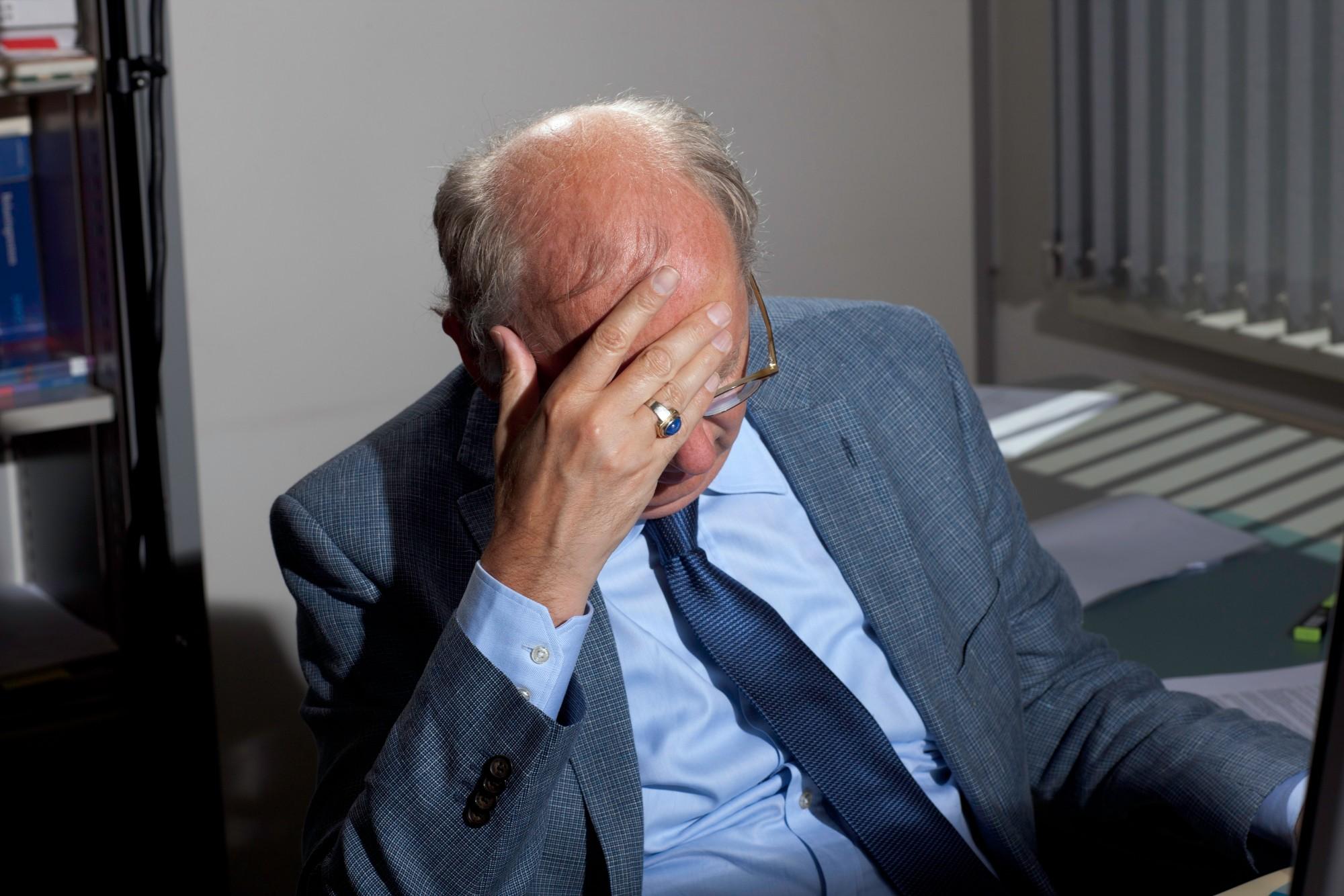
Florian Van Roeke, Chapter Three, V, from the series How Terry likes his Coffee, 2010.
Which statement is closer to the truth? “It is not the cowl that makes the monk” or “The clothes make the man?” While the first warns us not to judge or trust a person by their looks, the second suggests that, even if we might not agree with it, presentation matters. The relationship between clothes, self-expression, and social perception has been present in the real and fictional life of humanity for thousands of years. Sherlock Holmes with his hat and pipe or the Pope in the white cassock are just two examples of how clothes socially and professionally define individuals.

Paola Agosti, Forlì, 1978.
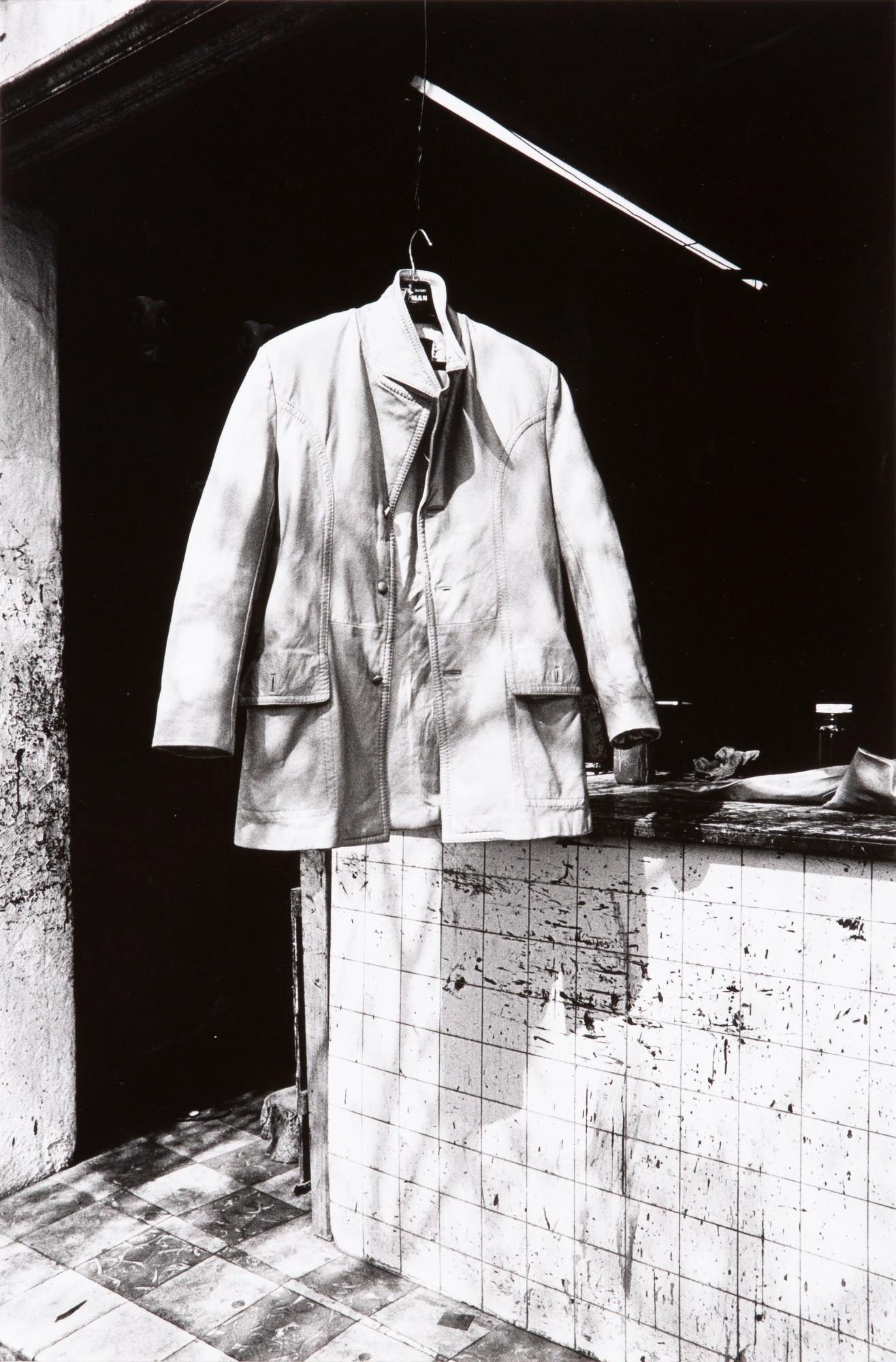
Graciela Iturbide, Market, Mexico City, 1978.
The central goal of the exhibition is to highlight the variety of work attire, how the concept of uniform has changed over the decades, and its social implications. The word uniform comes from the Latin uniformem (unus—one and forma—form), a word that indicates both inclusion and exclusion. People were, and in certain cases still are, defined by their work attire. The worldwide differentiation between white and blue collars came exactly from the type of clothes that businessmen and industry workers would wear. Manual labor workers were identified through blue denim shirts or overalls, while businessmen through their suits and crisp white shirts.
The exhibition opens with Graciela Iturbide’s image of a worker’s jacket, followed by cotton pickers by Danny Lyon, Alfred Eisenstaedt’s nurses in white and blue aprons, coal workers in Havana by Walker Evans, Albrecht Tübke’s farmers, and Paola Agosti’s images of women in the FIAT factory in Turin. Among the most striking images, we find Sebastião Salgado’s oil-stained worker employed in Kuwait to extinguish burning oil wells during the Gulf War in 1991.
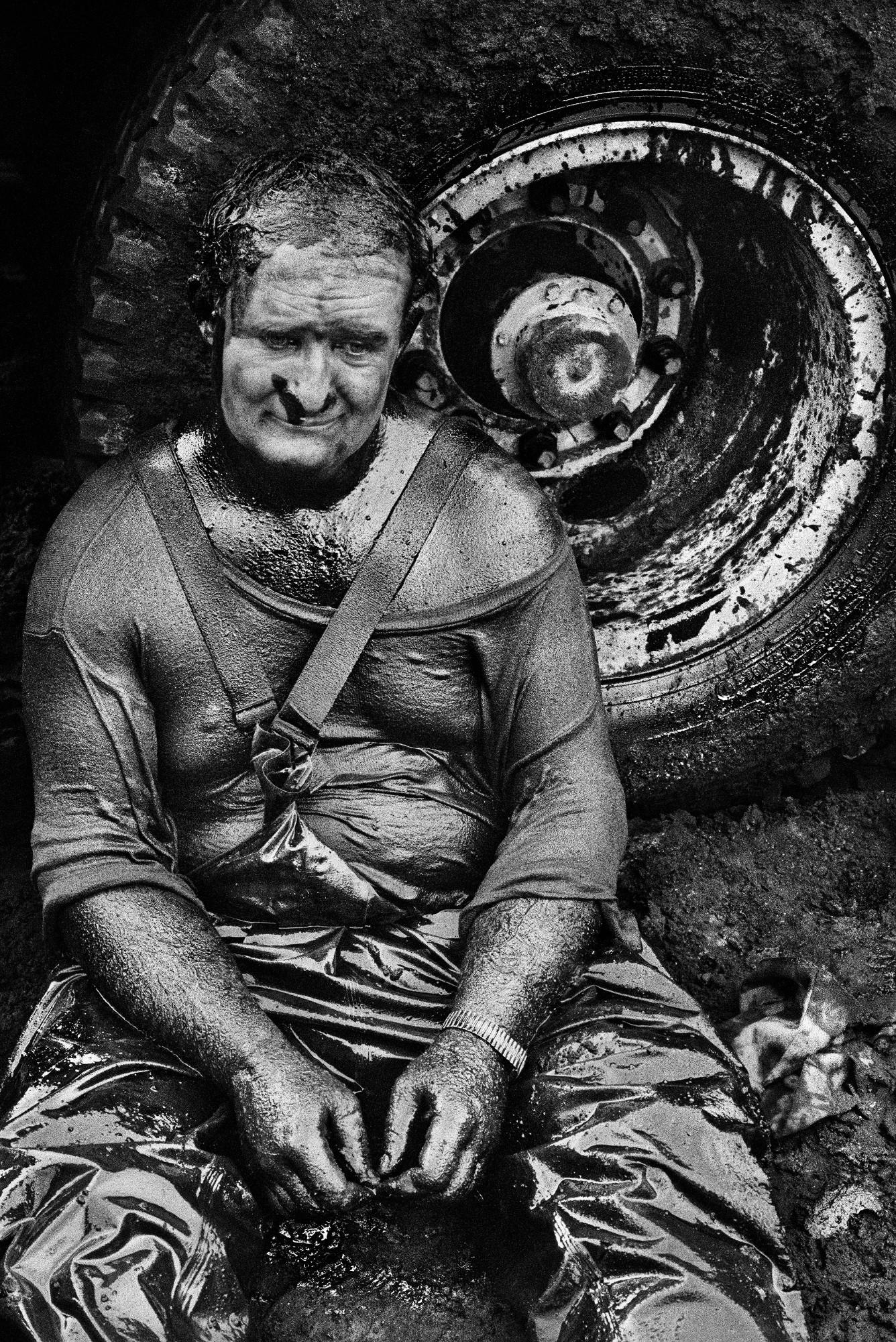
Sebastião Salgado, Kuwait after the end of the Gulf War - The oil fields continue to burn, causing a massive ecological disaster and large loss of money. Oil-well firefighters from around the globe at work to put out the burning oil wells - Worker of the Safety Boss Company during a rest, 1991.
In their book Civilian Uniforms as Symbolic Communication, Elisabeth Hackspiel-Mikosch and Stefan Haas note that: “[uniforms] signal membership of a community, whether it is a state institution, a social or a religious group, a club or association or a private company. However, uniforms can also exclude[...], make social conflicts visible, even intensify them.” The images by Florian van Roekel of white-collar employees are an example of this, especially when placed alongside the black overalls of Chinese miners photographed by Song Chao. The last room of this first section explores the relationship between workwear and uniforms with the fashion industry through the photographs of, among others, Oliver Sieber, Andri Pol, Paolo Pellegrin, and Barbara Davatz.
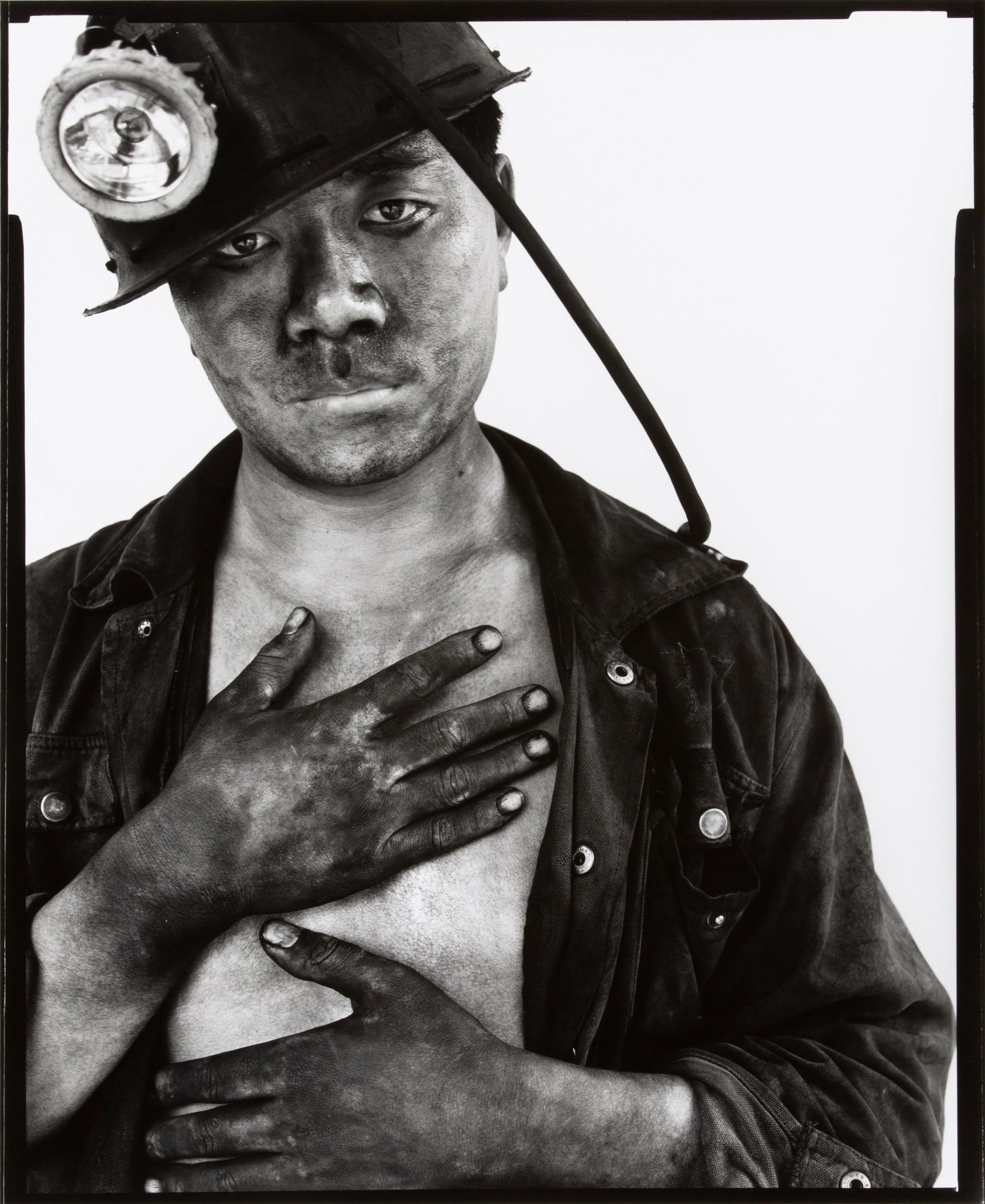
Song Chao, From the series Miners, 2000-2002.
Walead Beshty and his Industrial Portraits are the focus of the second section of the exhibition. In the past twelve years, Beshty shot around 1,400 portraits of the people he worked with, of which 364 are on display. A medley of curators, technicians, artists, and art administrators are represented in a similar format. The purpose of Beshty’s work was primarily to explore people in their work environment, their functions and their roles in the art market world. These images also reveal the anti-uniform attitude characteristic of those who work in the art business. The search for uniqueness, as Stahel noted, can sometimes backfire because “it risks becoming a uniform, standardized attitude of all actors in this context.”
Uniform—Into the Work/Out of the Work is a thought-provoking exhibition presenting and challenging the relationship between workwear and social interaction. It will be down to the visitors to decide if clothes make the man or if the cowl does indeed not make the monk.
Uniform—Into the Work/Out of the Work is on view at Fondazione MAST until May 3rd, 2020.





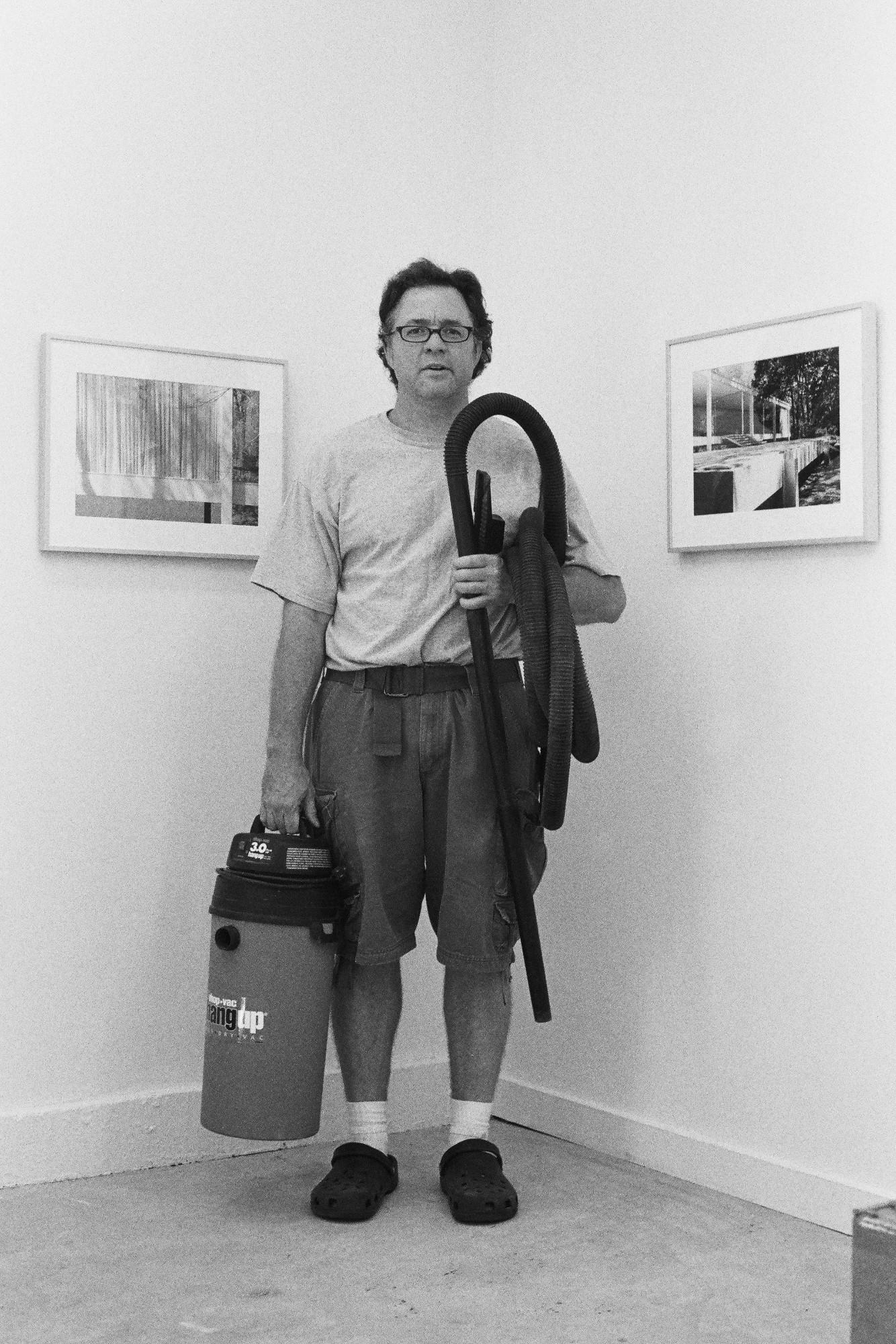
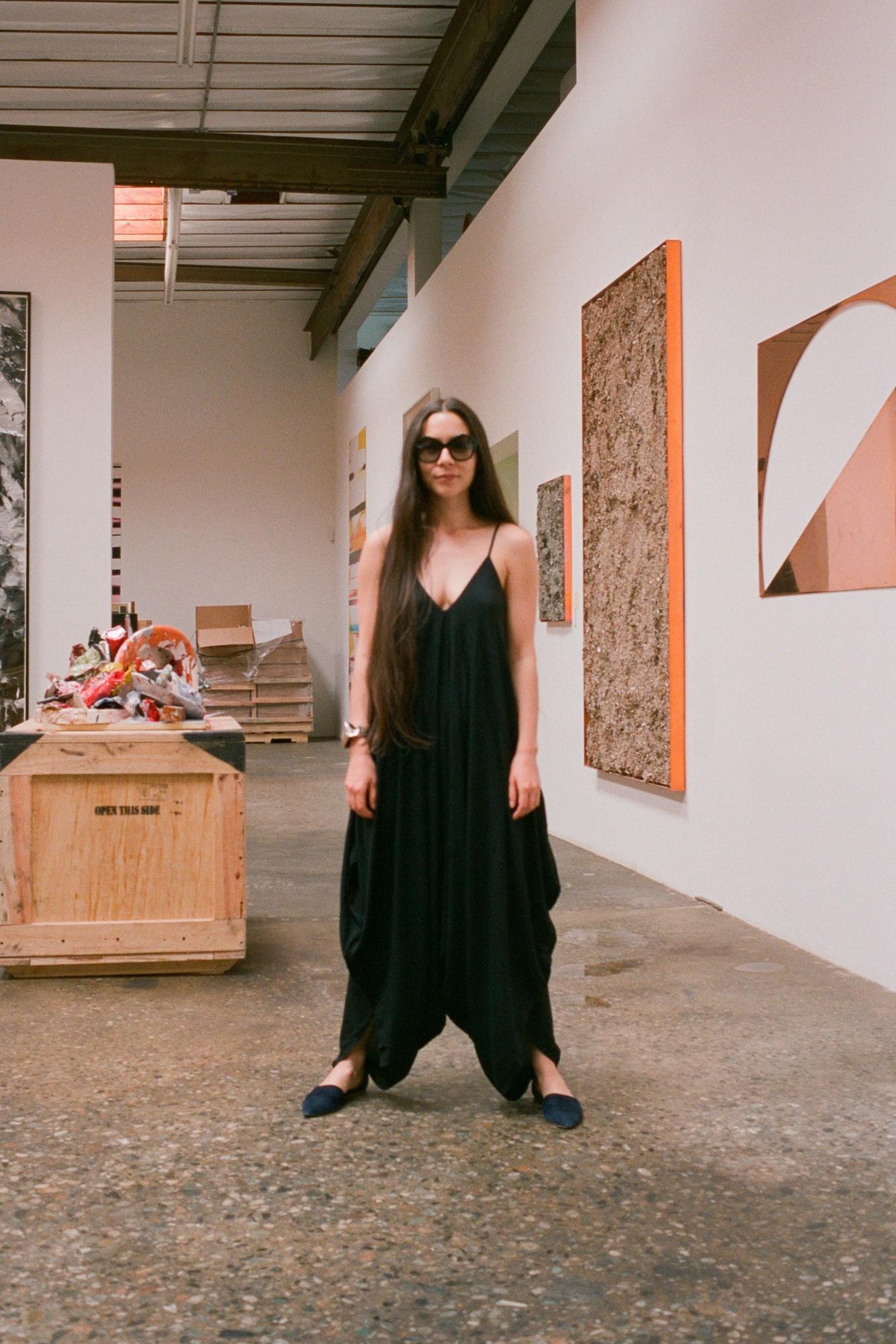























![DEl Kathryn Barton [Australian b. 1972] the more than human love , 2025 Acrylic on French linen 78 3/4 x 137 3/4 inches 200 x 350 cm Framed dimensions: 79 7/8 x 139 inches 203 x 353 cm](/sites/default/files/styles/image_5_column/public/ab15211bartonthe-more-human-lovelg.jpg?itok=wW_Qrve3)